AAC (Alternative and Augmentative Communication) – Adult
What is AAC (Alternative and Augmentative Communication)?
AAC means Augmentative and Alternative Communication. Although not a disorder, AAC is mentioned here because it is a communication option for people who have difficulty speaking. Loss or absence of speech can have a significant effect on relationships and on quality of life. Using AAC to supplement or replace spoken language can help individuals to be more effective communicators, increase communication opportunities throughout the day with a wide range of people, reduce frustration, and improve independence.
Adults may use AAC to communicate if they were born with a developmental condition that affected speech and language abilities, such as cerebral palsy, cognitive challenges, or autism. AAC may also be used later in life if a person loses the ability to communicate due to acquired conditions such as ALS, Parkinson’s or Alzheimer’s disease, stroke, head injury or after surgery.
AAC can take many forms: objects, pictures, visual schedules, communication books or boards, sign language or voice output devices. The type of AAC used will depend on the person’s physical and language abilities and communication needs. For some, AAC will be used on a long-term basis to replace or supplement spoken language and help the individual communicate more effectively with friends and family or to be understood more fully in social situations. For others, AAC may be used on a temporary basis or to communicate with unfamiliar communication partners.
What can professionals do to help?
The speech-language pathologist (SLP) assesses the language and communication skills of the individual requiring AAC and makes recommendations on the best system or systems to help the person communicate more effectively. The SLP will also develop an intervention program to train the person how to use the AAC system and support communication partners to facilitate the use of the AAC system at home and in the community. The SLP is an important member of multidisciplinary teams which include the patient and family members and may include physiotherapists, occupational therapists, physicians, and other professionals.
